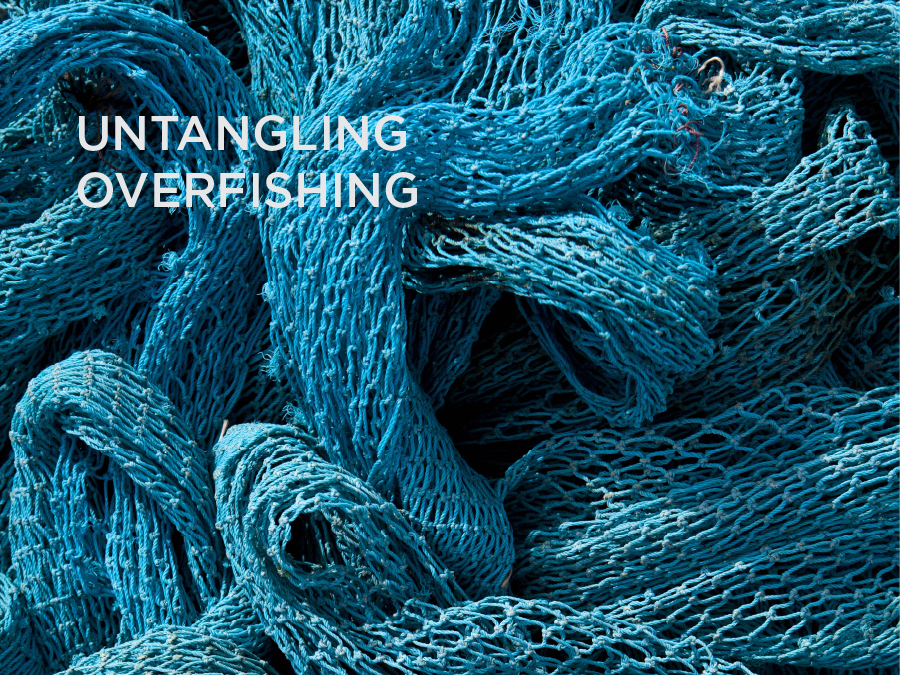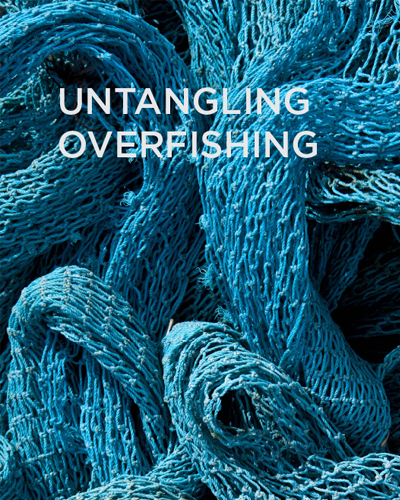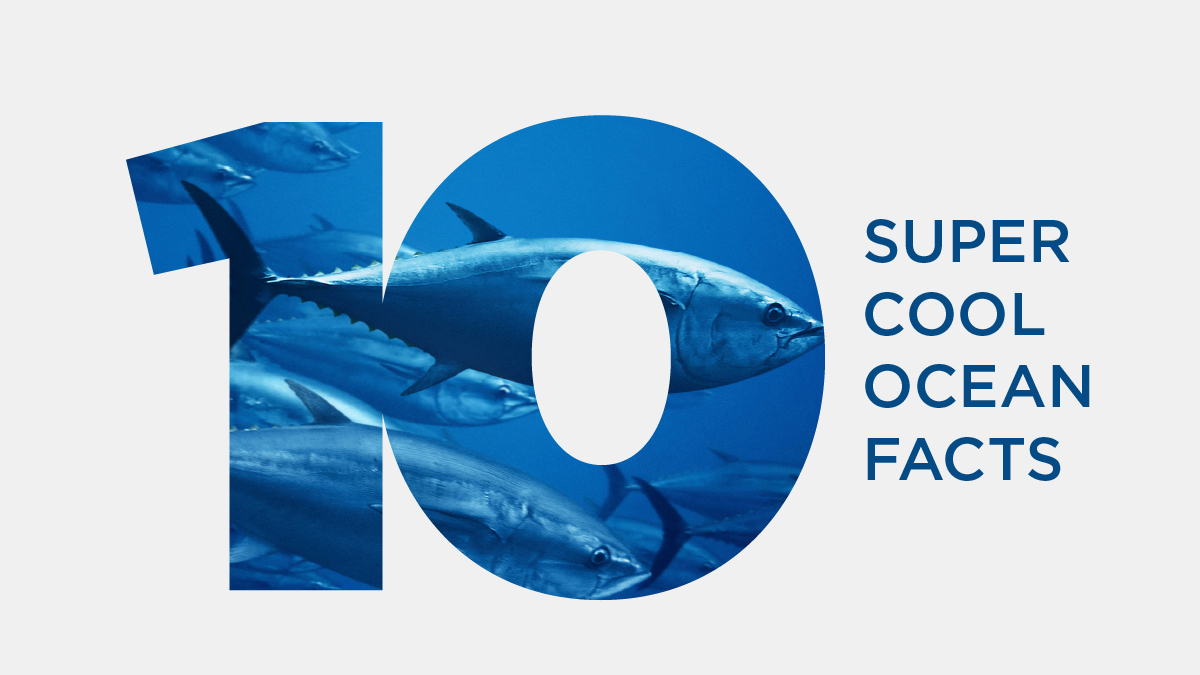The ocean cover more than two-thirds of the Earth’s surface and are like the planet’s air conditioning system. They produce over half of the world's oxygen and absorb 50 times more carbon dioxide than trees.
In addition to soaking up CO2, they soak up energy by way of heat and distribute it more evenly around the Earth regulating weather patterns as well as sustaining the delicate balance of the ocean’s food web.
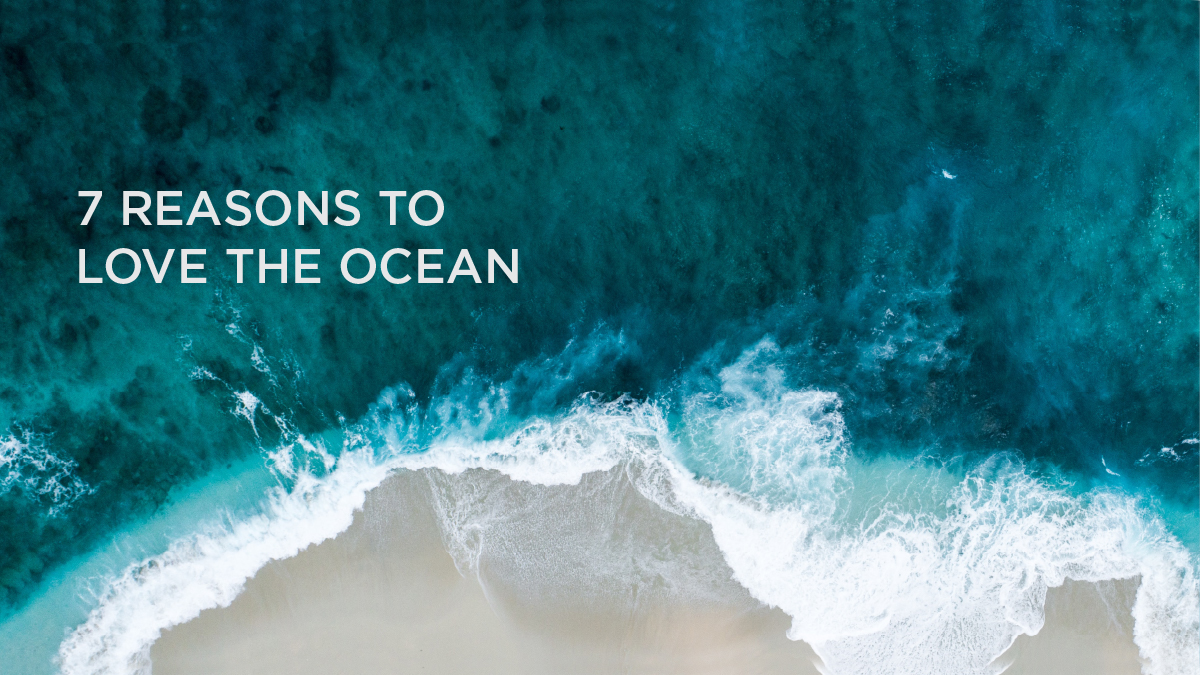
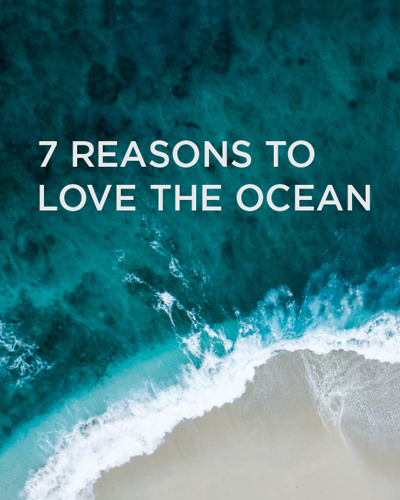
From facilitating international trade to regulating the climate, the “blue economy” contributes tremendous commercial value around the globe.
The sustainable use of the ocean and its resources for economic development and livelihoods have such far- reaching effects, that its protection is a significant goal of the United Nations, as well as for many other countries and organizations throughout the world.

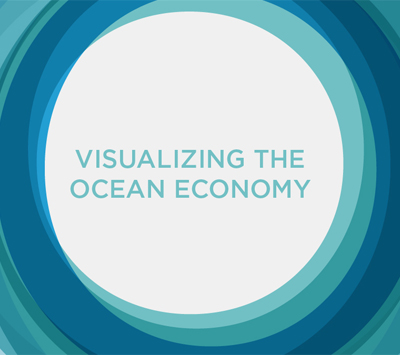
Dead zones are low-oxygen, or hypoxic, areas in the world’s oceans and lakes. It’s the result of a process called eutrophication, which happens when a body of water gets too many nutrients, such as phosphorus and nitrogen.
Because most organisms need oxygen to live, few organisms can survive in hypoxic conditions. Human activities are the main cause of eutrophication and result in dead zones often being occurring near inhabited coastlines.

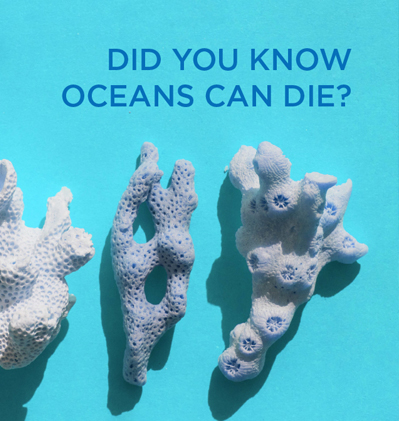

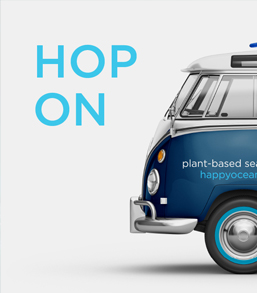

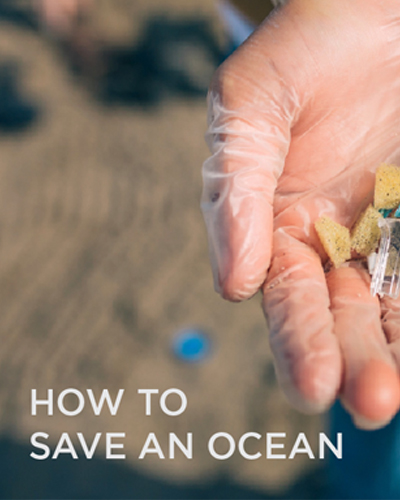
The planet’s most nutrient-dense and protein-rich plants: seaweed or as we like to say, sea-greens, are becoming increasingly attractive as a plentiful, nutritious food source. These plants provide the perfect balance of micro- nutrients as well as essential amino-acids, fatty acid, monounsaturated fatty acid and without the downsides of heavy metals and parasites found in fish.
Because of this, seaweed farming is now the fastest-growing aquaculture sector, benefitting farmers, communities and the environment.
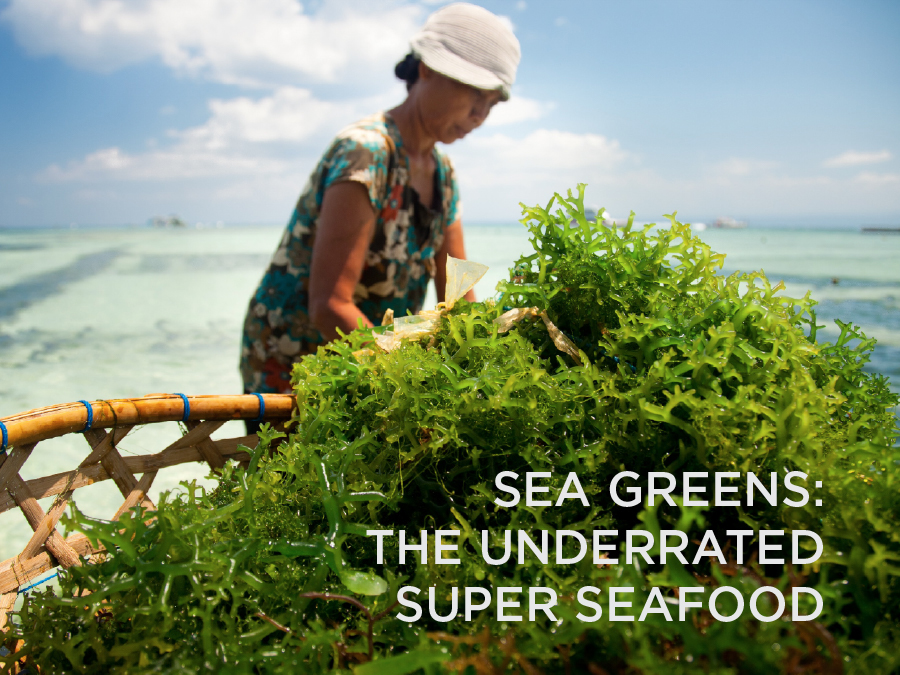
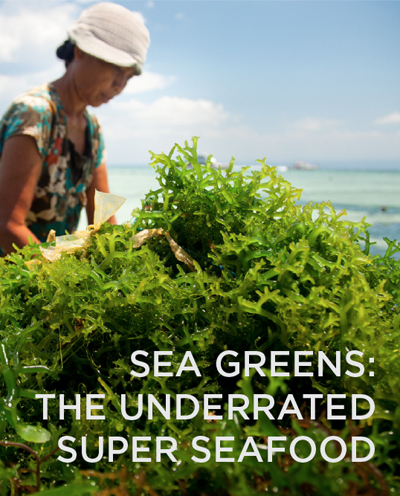
Fishing is one of the biggest contributors of decline in ocean wildlife populations and in the past 50 years, the number of overfished stocks globally has tripled, pushing many beyond their biological limits.
Relatedly, bycatch—the capture of unwanted sea life while fishing – is a serious threat to the ocean’s biodiversity that causes the wasteful loss of billions of fish, sea turtles and cetaceans.
With billions of people relying on fish for sustenance and livelihood around the globe, the damage from overfishing extends beyond just environmental – it affects whole economies and human food supplies as well.
